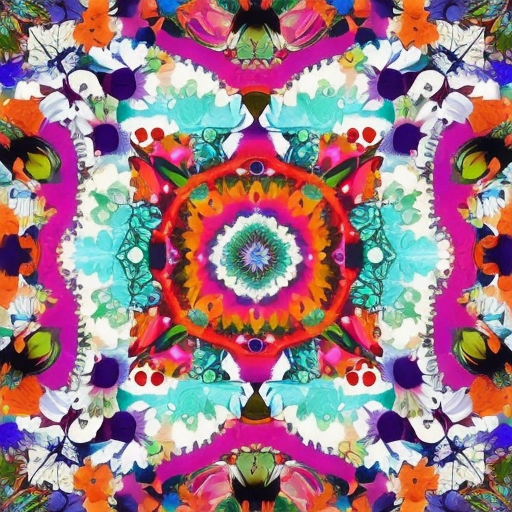Summary: Art supplies are essential tools for artists to create their artwork. They include a wide range of materials such as paints, brushes, canvases, pencils, and more. These supplies come in various types and qualities to cater to different artistic needs and preferences. Artists often experiment with different supplies to achieve their desired effects and express their creativity.
Types of Art Supplies
Art supplies can be categorized into several types based on their purpose and usage. Some of the most common types include:
- Drawing Supplies: These include pencils, charcoal, pastels, and markers. Drawing supplies are used to create sketches, illustrations, and detailed line work.
- Painting Supplies: Painting supplies encompass a wide range of materials such as acrylic paints, oil paints, watercolors, and paintbrushes. These supplies are used to create colorful and vibrant artworks on various surfaces like canvas, paper, or wood.
- Canvas and Surfaces: Canvases are the most popular surface for painting. They come in different sizes and are made of cotton, linen, or synthetic materials. Other surfaces like paper, wood, and metal can also be used for different artistic techniques.
- Brushes: Brushes are available in various shapes, sizes, and bristle types. They are used for applying paint, creating textures, and blending colors. Different brushes are suitable for different painting techniques.
- Palette and Mixing Tools: A palette is used to mix and hold paints. It can be made of plastic, glass, or wood. Mixing tools like palette knives and paintbrushes with flat ends are used to blend colors and create different effects.
- Erasers and Correction Tools: Erasers are used to remove unwanted marks or mistakes in drawings. Correction tools like white-out or correction tape are used to cover errors in paintings.
- Mediums and Varnishes: Mediums are used to modify the properties of paints, such as drying time, texture, and transparency. Varnishes are applied to finished artworks to protect them and enhance their appearance.
- Other Supplies: Other art supplies include easels, palettes, sketchbooks, rulers, scissors, and storage containers. These tools assist artists in the process of creating and organizing their artwork.
Quality and Brands
Art supplies come in a wide range of qualities and price points. The quality of the supplies can significantly impact the final result of an artwork. Professional-grade supplies are often preferred by experienced artists for their superior pigmentation, lightfastness, and durability. These supplies are usually more expensive but offer better color accuracy and longevity.
There are numerous brands that specialize in art supplies. Some well-known brands include Winsor & Newton, Faber-Castell, Liquitex, Canson, and Derwent. These brands have established a reputation for producing high-quality art materials and are trusted by artists worldwide.
Choosing the Right Art Supplies
Choosing the right art supplies depends on various factors, including the artist’s preferred medium, style, and budget. Beginners may opt for affordable student-grade supplies to practice and experiment with different techniques. As artists gain experience and develop their skills, they may choose to invest in higher-quality materials to achieve more professional results.
It is also essential to consider the compatibility of different supplies. For example, oil paints require specific brushes and solvents, while watercolors require watercolor paper and specific brushes suitable for water-based media. Artists should research and experiment with different supplies to find the ones that best suit their artistic needs and preferences.
In conclusion, art supplies are essential tools for artists to express their creativity and create visually stunning artworks. These supplies come in various types and qualities to cater to different artistic needs and preferences. Artists experiment with different supplies to achieve their desired effects and develop their unique style. Choosing the right art supplies is crucial for artists to achieve their artistic vision and create artwork that resonates with viewers.












